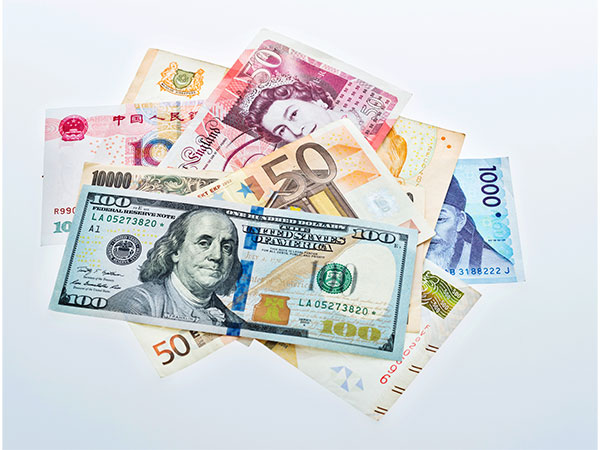
New Delhi: India's foreign exchange (forex) reserves dropped for a sixth consecutive week to hit a near three-month low of $675.65 billion as of November 8, data from the Reserve Bank of India (RBI) showed on Friday, November 15.
The forex reserves dropped by about USD 6.477 billion in the reporting week, declining by USD 29.2 billion from record high of USD 704.89 billion in September.
As per the RBI data, the major contituants of the reserves, the foreign currency assets dropped by 4.467 billion to USD 585.383 billion as of November 8.
In the previous week, forex reserves declined by USD 2.675 billion to USD 682.130 billion.
The data shows that India's reserve position with the IMF reduced by USD 14 million to USD 4.298 billion in the week.
However, India has maintained fourth position globally in foreign exchange reserves, following China, Japan, and Switzerland.
Additionally,the gold reserves declined by USD 1.936 billion, reaching USD 67.814 billion during the week and Special Drawing Rights (SDRs) decreased by USD 60 million to USD 18.159 billion.
Reserves had previously peaked at a record high of USD 704.885 billion before this recent decline, likely due to RBI intervention aimed at preventing a sharp depreciation of the Rupee.
A substantial foreign exchange reserve buffer helps shield domestic economic activity from global shocks.
The latest RBI data shows that India's foreign currency assets (FCA), the largest component of forex reserves, stand at USD 589.849 billion.Gold reserves currently amount to USD 69.751 billion, according to Friday's data.
Estimates suggest that India's foreign exchange reserves are now sufficient to cover approximately one year of projected imports.
In 2023, India added around USD 58 billion to its foreign exchange reserves, contrasting with a cumulative decline of USD 71 billion in 2022.
Foreign exchange reserves, or FX reserves, are assets held by a nation's central bank or monetary authority, primarily in reserve currencies such as the US Dollar, with smaller portions in the Euro, Japanese Yen, and Pound Sterling.
The RBI closely monitors foreign exchange markets, intervening only to maintain orderly market conditions and curb excessive volatility in the Rupee exchange rate, without adhering to any fixed target level or range.
The RBI often intervenes by managing liquidity, including selling dollars, to prevent steep Rupee depreciation.
A decade ago, the Indian Rupee was among the most volatile currencies in Asia. Since then, it has become one of the most stable.
The RBI has strategically bought dollars when the Rupee is strong and sold when it weakens, enhancing the appeal of Indian assets to investors.